As we get older, staying active and maintaining our physical capacity is important if we are to avoid becoming frail and vulnerable to falls.

In this article, we present information about the relationship of plasma Coenzyme Q10 status to the physical capacity and the frailty of elderly individuals.
Combining daily Coenzyme Q10 supplementation with daily physical activity is good therapy for avoiding sarcopenia, which is the clinical name for the loss of muscle mass caused by ageing.
Professor Guillermo Lopez-Lluch and his colleagues in Sevilla, Spain, have reported the following results from a cross-sectional study of 64 volunteers, 47 women and 17 men. Thirty-two of the volunteers in the study were between 65 and 75 years old, and 32 volunteers were 76 years or older [de la Bella-Garzón 2022].
- High CoQ10 levels were directly associated with lower cardiovascular risk measured by the quotient total cholesterol/HDL cholesterol.
- High CoQ10 levels were found in people showing higher physical activity and stronger muscle capacity.
- Coenzyme Q10 showed a strong inverse relationship with a sedentary lifestyle and with the up and go test, which is an index of the extent of frailty in an individual.
- There were gender differences in the study results, with stronger correlations between Coenzyme Q10 and the measured results on various tests of physical function observed in women than in men.
Study Participants’ Characteristics in the Coenzyme Q10 and the Elderly Study
Professor Lopez-Lluch et al report that they considered the clinical conditions of the study participants to reflect the normal situation of elderly people in the Spanish population [de la Bella-Garzón 2022].
Plasma CoQ10 concentrations
The range of plasma CoQ10 concentrations in the 64 elderly study participants extended from 0.26 mg/L to 1.22 mg/L. The mean plasma CoQ10 concentration was 0.71 mg/L. It can be seen that there was ample possibility to compare the physical capacity of individuals with low CoQ10 status and individuals with higher CoQ10 status.
Prescription medications
Most of the participants were receiving treatments against hypertension, mainly enalapril and vasartan and against inflammation, such as paracetamol or aspirin. They were also taking gut protective compounds such as omeprazole. Most of the men received metformin treatment against type II diabetes. In general, these treatments have not been associated with the decrease of CoQ10 levels in plasma [de la Bella-Garzón 2022].
Smoking and alcohol consumption
A significant number of men maintained smoking habits during the study; no woman maintained this habit. Most of the women did not smoke actively; most of the men did. Regarding drinking habits, both men and women maintained moderate drinking habits at the time of the study, with sporadic consumption of beer and wine.
BMI and weight control
Data from the study participants showed high BMI in men that was a bit lower than BMI in women but into the overweight range in both cases. Although the percentage of fat was higher in women than in men, the amount of visceral fat was higher in men. This indicates a different distribution of the fat in the body that can affect physical capacity.
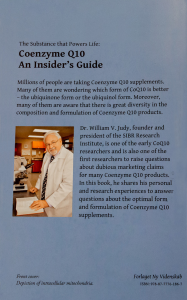
In my book Coenzyme Q10: An Insider’s Guide, I summarize the research relating Coenzyme Q10 to healthy ageing and to health-related quality of life.
Metabolic age
The metabolic age of the participants was similar in both groups, although, interestingly, in men the mean of this parameter was higher than the chronological age, whereas in women it was lower.
A limitation of the study was the smaller size of the male sample in comparison to the female sample. Unfortunately, the researchers could not increase the size of the male sample because there were no more men who met the eligibility criteria [de la Bella-Garzón 2022].
Tests of Physical Capacity in the Coenzyme Q10 and the Elderly Study
The researchers had each study participant complete six exercise tests from the Senior Fitness Test protocol in the following order [de la Bella-Garzón 2022]:
- 30-second chair stand (number of times) – repeatedly rising to a standing position and sitting back down – measures functional lower body strength
- 30-second arm curl (number of times) – repeatedly lifting and lowering a weight while sitting – measures functional upper body strength
- 2-minute step (number of steps) – marching in place and raising the knees to a certain height – measures aerobic endurance
- chair sit and reach (centimeters) – sitting on a chair with one foot flat on the floor and the other leg extended forward with the knee straight, the heel on the floor, and the ankle bent at 90° and then reaching with both hands towards the toes – measures lower body flexibility
- back scratch (centimeters) – standing with one hand behind the head and back over the shoulder and reaching down the middle of the back with the palm touching the back and with the other arm behind the back, palm facing outward and fingers upward and reaching up while attempting to touch or overlap the middle fingers of both hands – measures upper body flexibility
- 8-foot up and go (seconds) – from a seated position, standing and walking eight feet out from the chair and back again to the chair – tests agility and balance
Relationship of CoQ10 Levels and Physical Capacity in the Coenzyme Q10 and the Elderly Study
Correlation with plasma CoQ10 levels
In the whole group of study participants, plasma CoQ10 levels moderately or strongly correlated with many of the scores of the tests, except in the case of the tests of flexibility (the chair sit-and-reach and back scratch tests).
Gender differences in the outcomes
The positive correlations between CoQ10 status and exercise scores were not seen in the sub-group of men only. It was in the sub-group comprised of women only that all the scores showed moderate or high correlation with CoQ10 levels in plasma.
In the case of the up and go test, the correlation was negative because a higher time to return to the chair indicates a lower performance. Accordingly, this negative correlation indicates that high levels of
Coenzyme Q10 in plasma are associated with lower time to return to chair, and, therefore, lower frailty risk.
Negative correlation between plasma CoQ10 levels and sitting time
The researchers also found a negative correlation between CoQ10 status and sitting time (i.e., being sedentary).
Overall, the researchers found that higher physical activity and higher performance are associated with higher levels of CoQ10 in plasma.
Risk of Frailty in the Coenzyme Q10 and the Elderly Study
The researchers regarded the following conditions to constitute increased risk of frailty in the elderly study participants:
- Scoring fewer than eight repetitions for the 30-s chair stand test
- Scoring fewer than 11 movements for the 30-s arm curl test
- Scoring fewer than 40 steps for the 2-min step test
- Scoring more than 9 seconds on the up and go test
Conclusion – the Coenzyme Q10 and the Elderly Study
Plasma CoQ10 levels were higher in the study participants presenting scores on the above tests of frailty risk that indicated low or no risk.
The relationship between test score and plasma CoQ10 level was statistically significant for the 30-second arm curl test, the 2-minute step test, and the 8-second up and go test.
Important to remember: CoQ10 supplements are safe, effective, and affordable; however, not all CoQ10 supplements are equally well absorbed. There are big difference in the supplement formulations and, thus, in their absorption and bio-availability. Consequently, it is important to buy a CoQ10 supplement with documented absorption and efficacy.
Sources
de la Bella-Garzón R, Fernández-Portero C, Alarcón D, Amián JG, López-Lluch G. Levels of plasma Coenzyme Q10 are associated with physical capacity and cardiovascular risk in the elderly. Antioxidants. 2022; 11(2):279.
Judy WV. Insider’s Guide to Coenzyme Q10. ISBN: 978-87-7776-186-7. Available from amazon.com.
López-Lluch G, Del Pozo-Cruz J, Sánchez-Cuesta A, Cortés-Rodríguez AB, Navas P. Bioavailability of coenzyme Q10 supplements depends on carrier lipids and solubilization. Nutrition. 2019 Jan;57:133-140.
The information presented in this review article is not intended as medical advice and should not be used as such.
15 February 2022



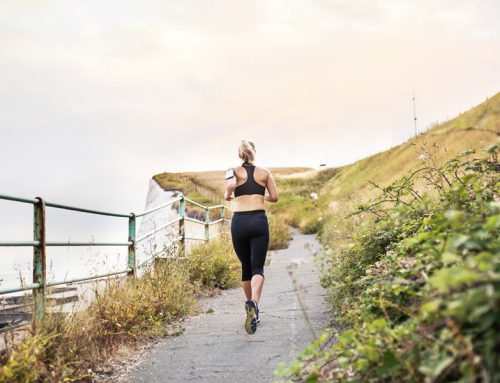
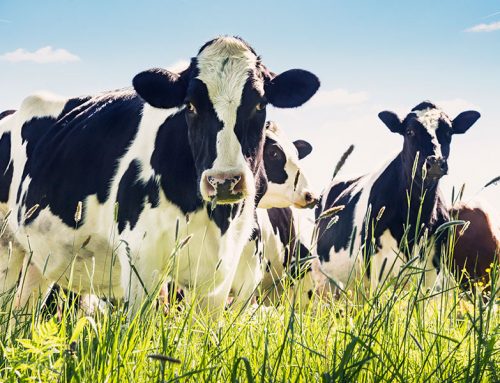


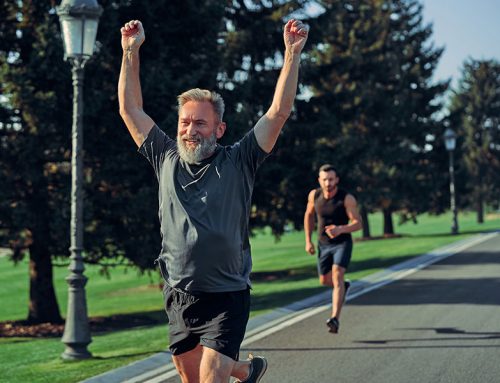
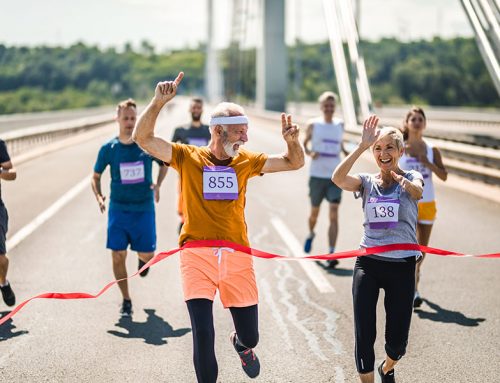
Leave A Comment